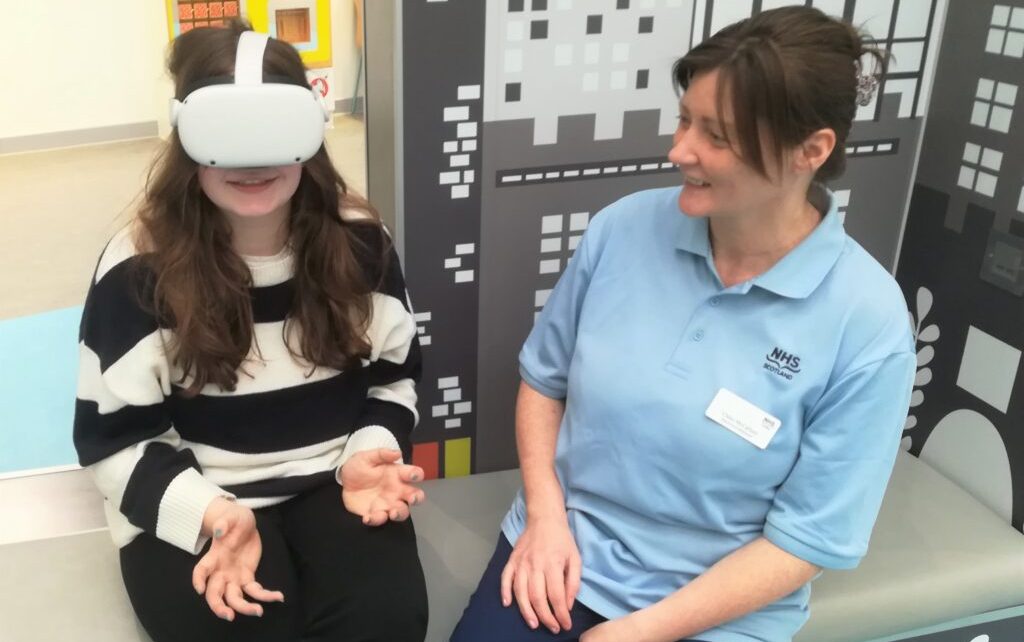The year is 2025, and the medical field is diving headfirst into the digital revolution. Virtual Reality (VR) isn’t just for gamers anymore. It’s transforming how surgeons train and how patients prepare for operations. This isn’t sci-fi. It’s real, and it’s happening now.
Surgeons in a Virtual Playground
Imagine a rookie surgeon stepping into a virtual operating room, where mistakes don’t cost lives but teach valuable lessons. VR provides an immersive experience where the feel of the scalpel, the resistance of tissue, and the patient’s heartbeat are almost tangible. It’s like a dance floor, where each step must be perfect, but the pressure is off.
Using VR, surgeons can practice rare procedures repeatedly until their hands move with unconscious competence. It’s akin to how a pianist learns a new piece by playing it again and again until it’s muscle memory. This technology eradicates the traditional boundaries of surgical training, offering limitless possibilities to enhance skills.
Patients: Walking Through Their Own Surgeries
For patients, VR is a window into their medical future, easing anxiety and clarifying the mysterious world of surgery. Picture yourself putting on a VR headset and taking a guided tour inside your own body. You see the issue firsthand and understand how it’ll be fixed. It’s like a personalized field trip, where the guide is your doctor.
Research has shown that when patients know what to expect, their recovery can improve. It’s the difference between stepping into the unknown and walking into a familiar place. VR empowers patients by turning them from passive participants into active collaborators in their health journey.
The Future is Now
VR isn’t just a tool—it’s a bridge that connects future possibilities with present realities. Its role in surgical preparation is set to expand, with advancements in haptic feedback and real-time data integration on the horizon.
- Improved dexterity: Surgeons refine their techniques with realistic simulations.
- Reduced anxiety: Patients gain confidence by understanding their procedures.
- Cost-effective training: Institutions save resources while enhancing educational outcomes.
A New Era in Medicine
This isn’t just a technological advancement; it’s a paradigm shift. VR is reshaping the landscape of medicine, turning science fiction into fact. As we look toward the future, the potential applications of VR in surgery are boundless, limited only by our imagination. It’s a whole new world, and we’re just beginning to explore it.
So, whether you’re a surgeon or a patient, the message is clear: Embrace VR. It’s not just about preparing for the operating room—it’s about stepping into a future where medicine is more personal, precise, and powerful than ever before.
As we stand on the brink of this new era, one thing is certain: VR is here to stay, and its impact will be profound. Let’s get ready to embrace the future, because in a few short years, surgery will never be the same.




